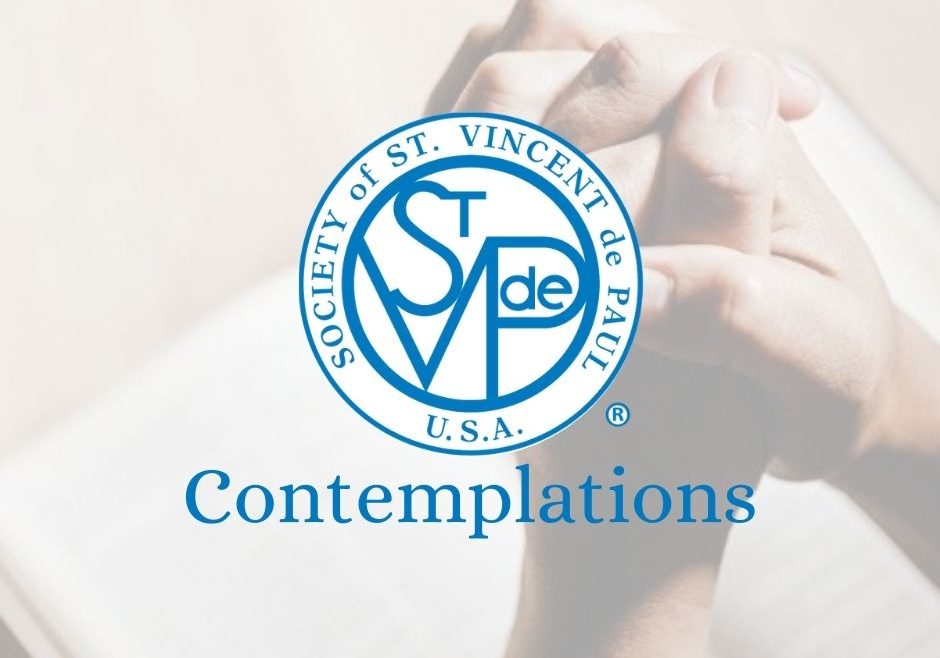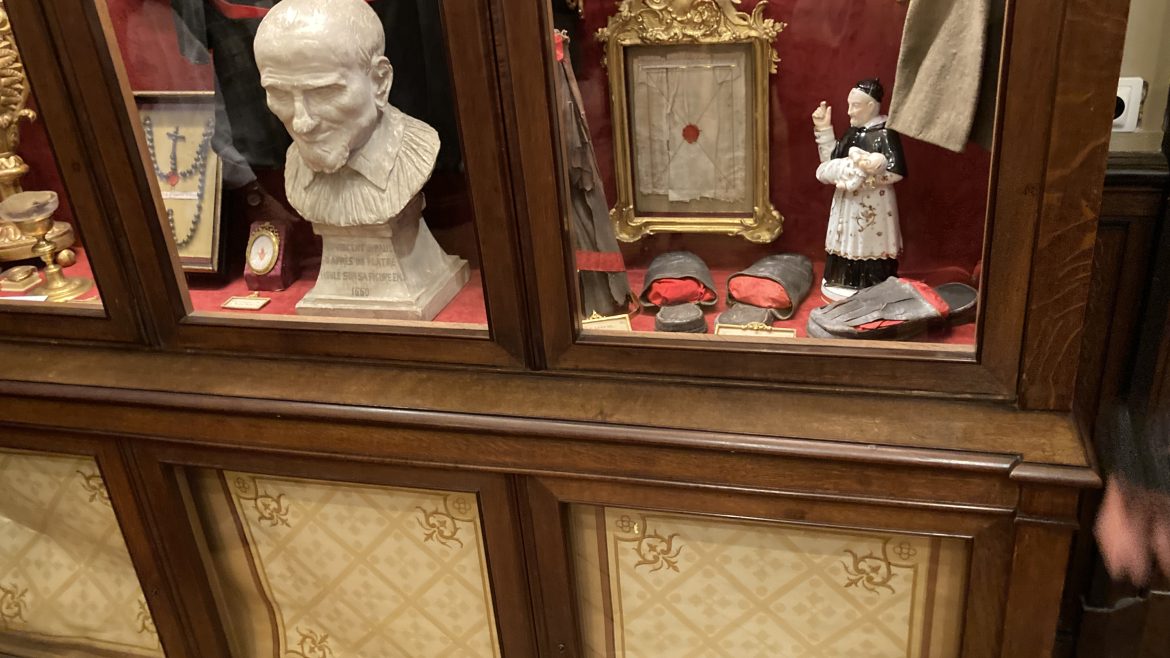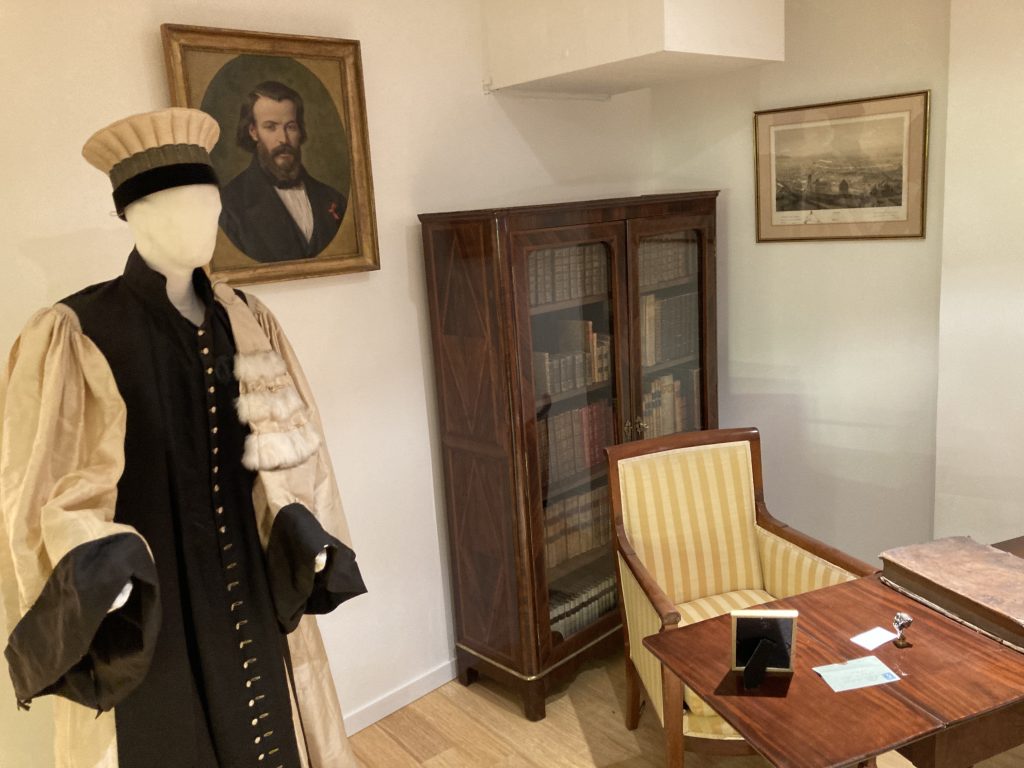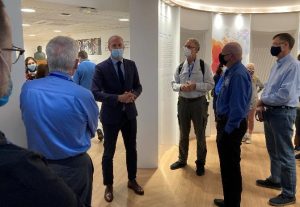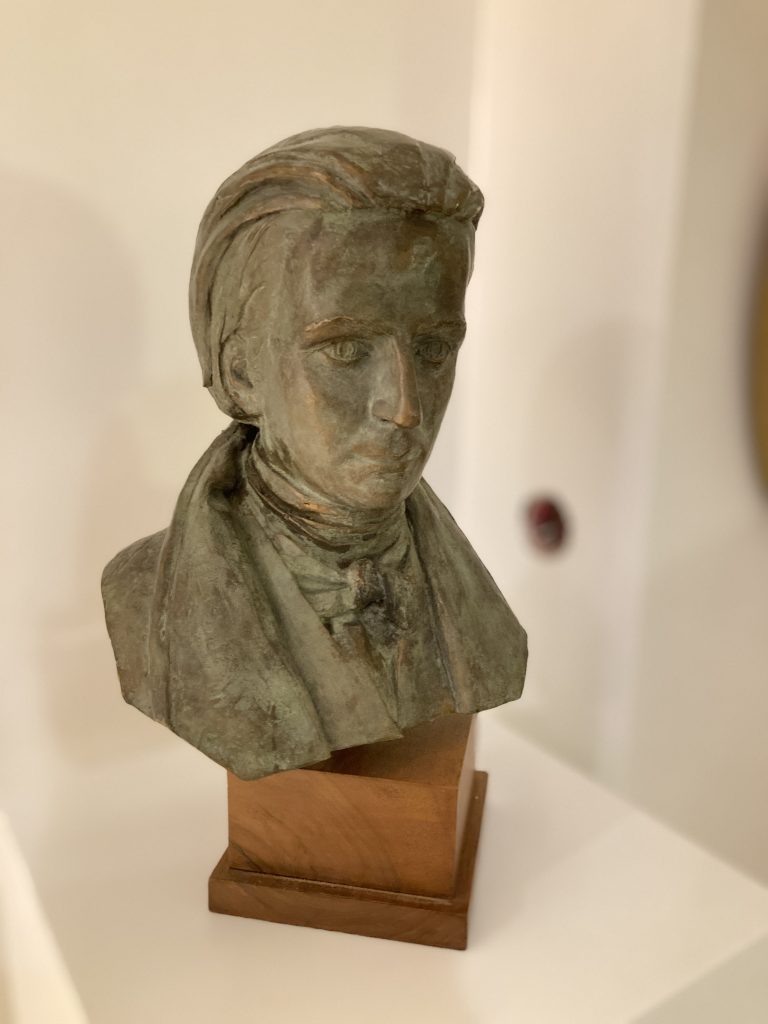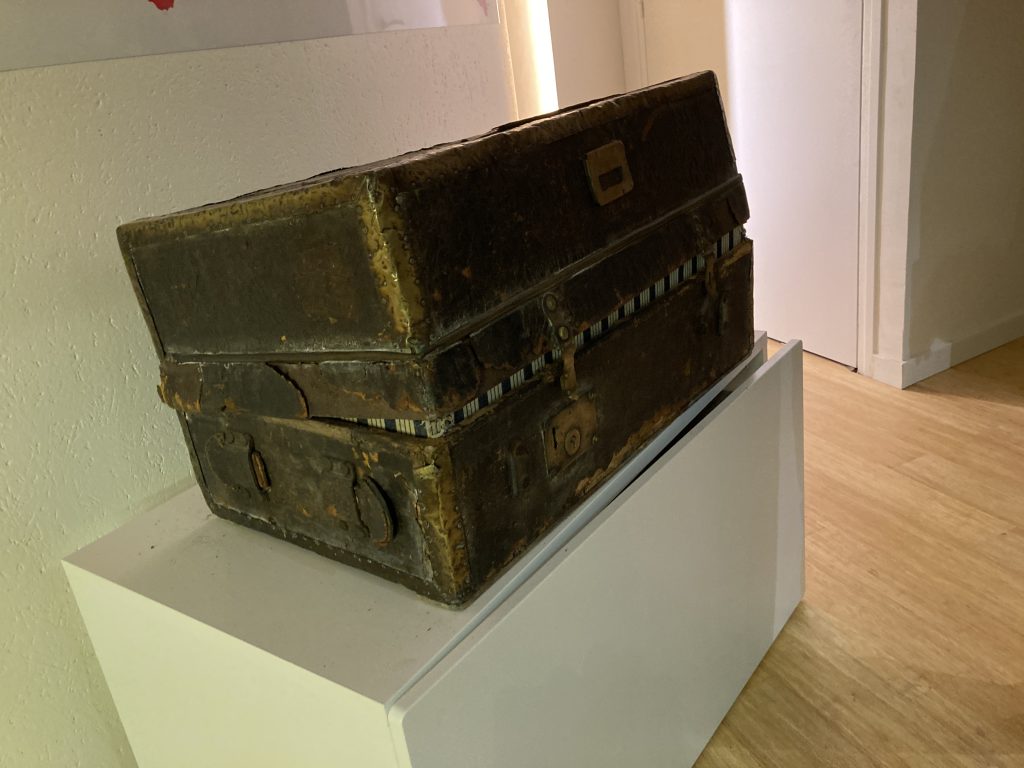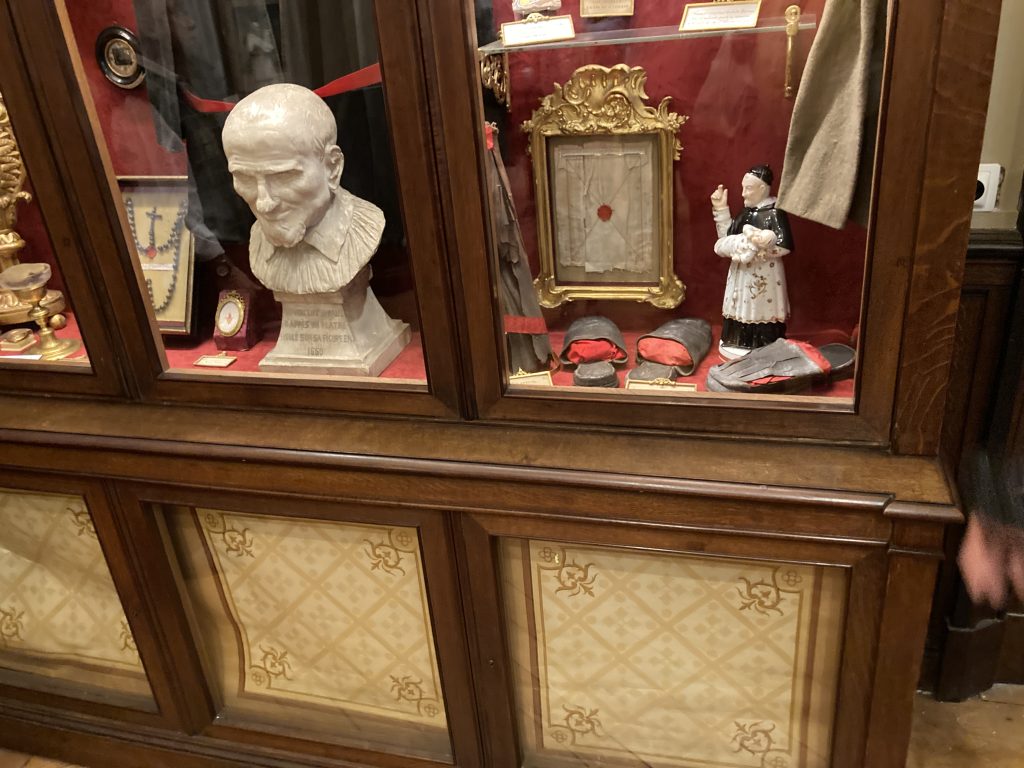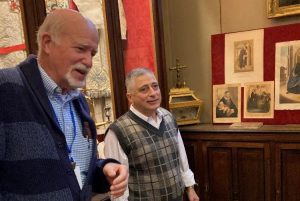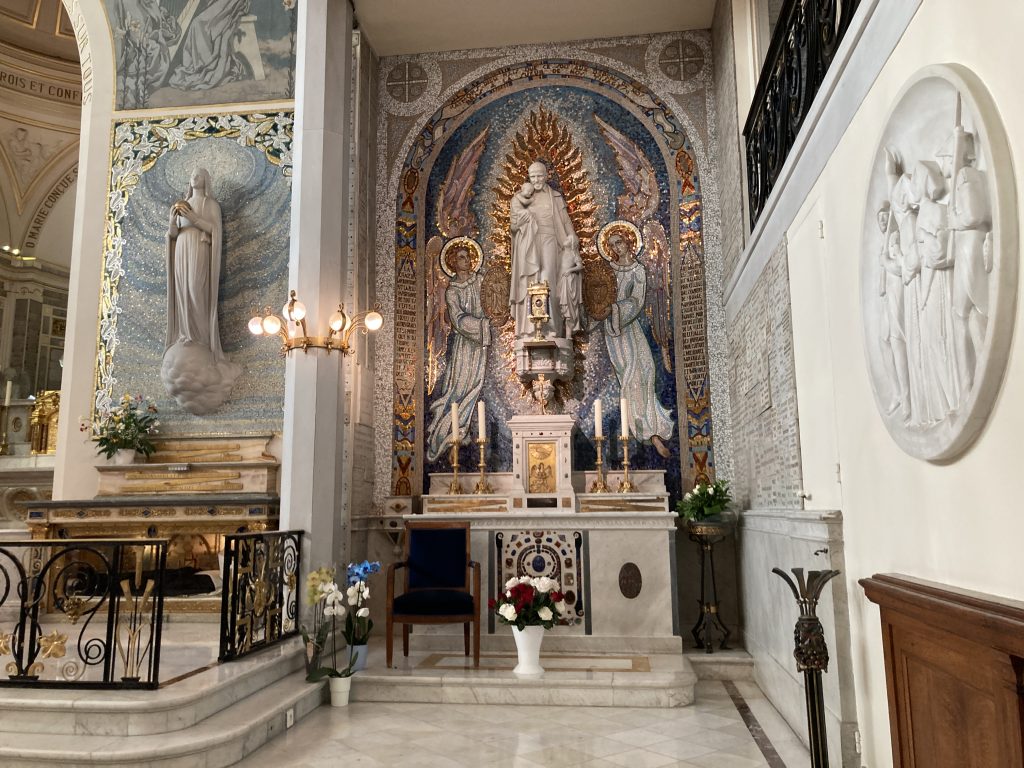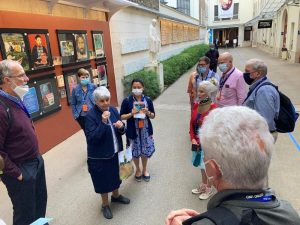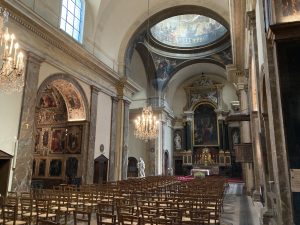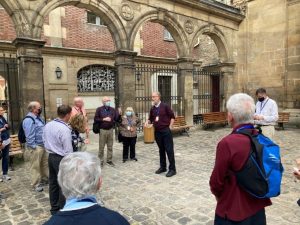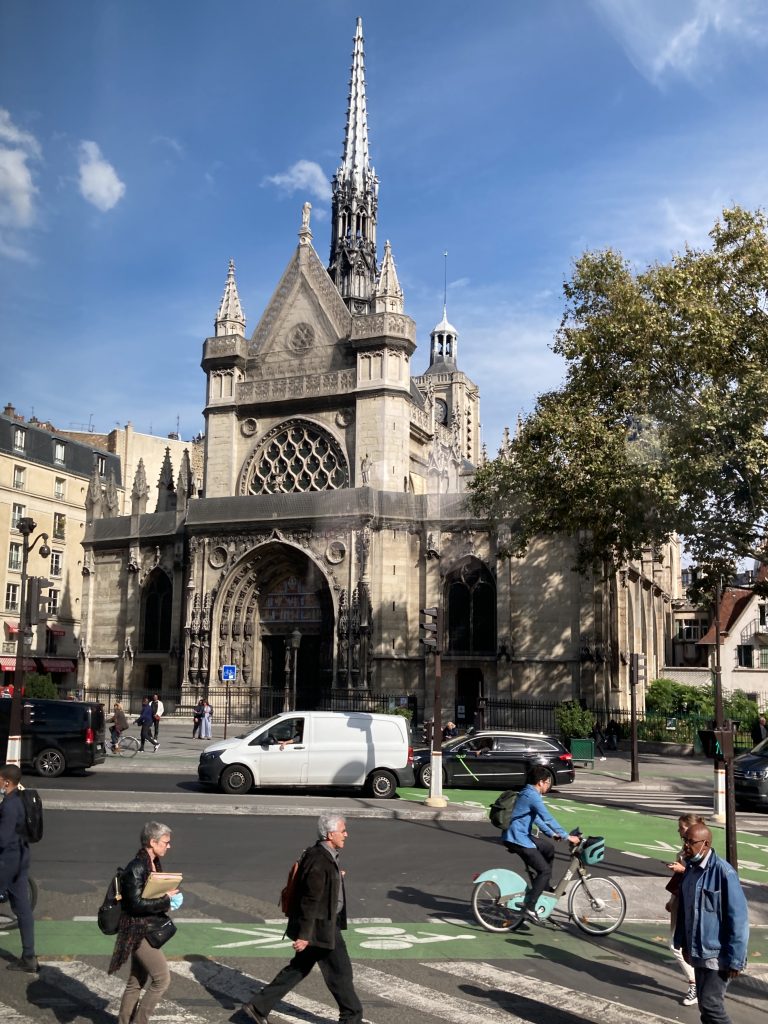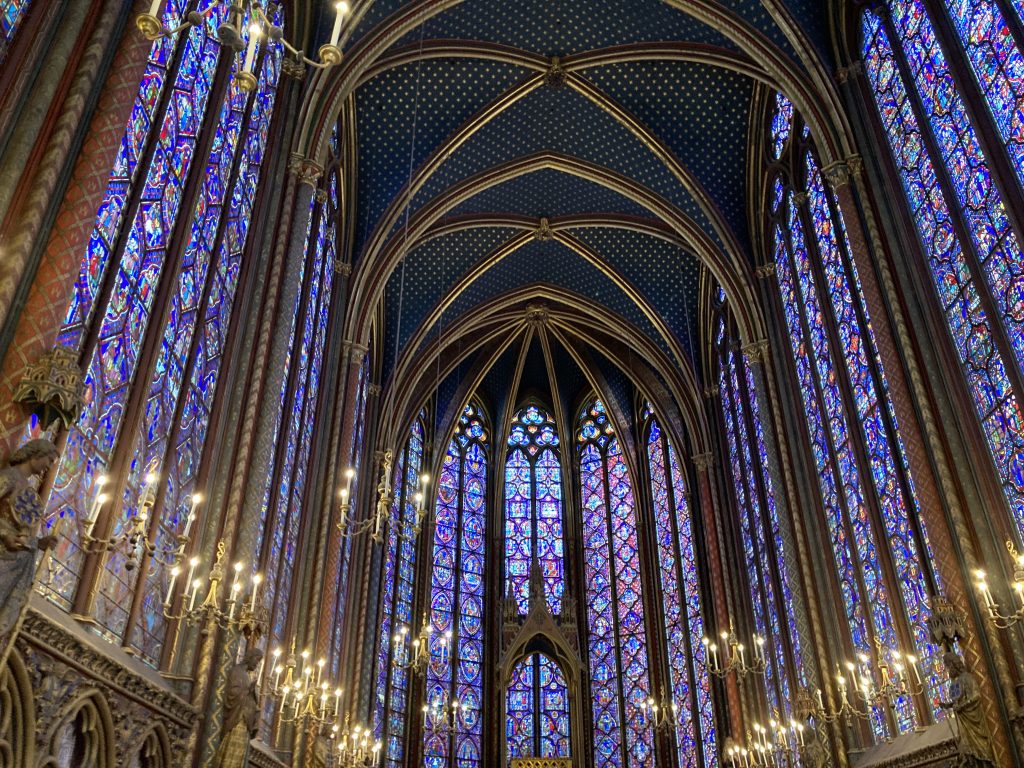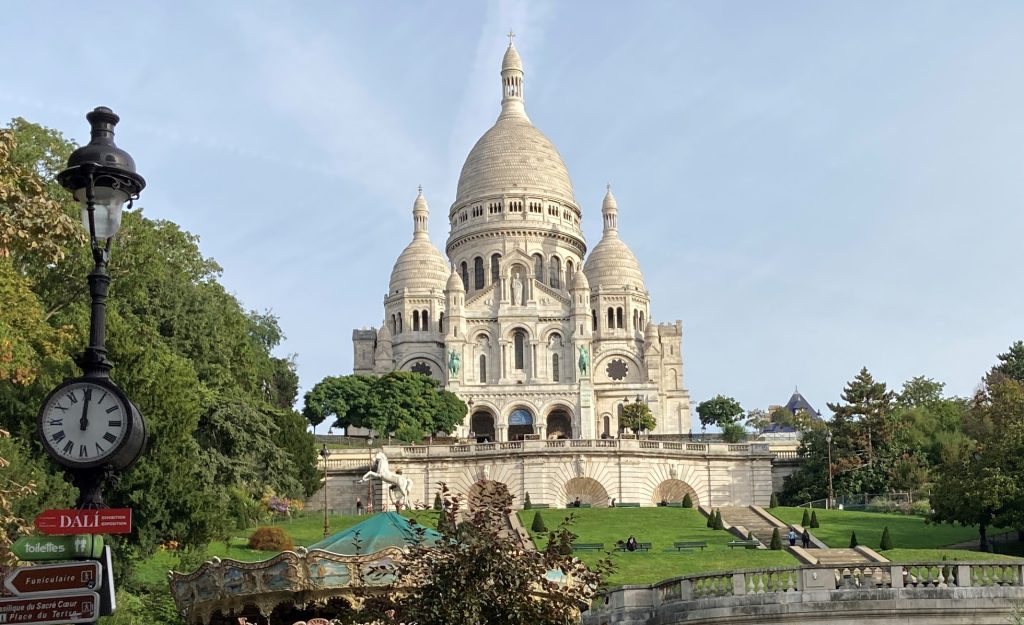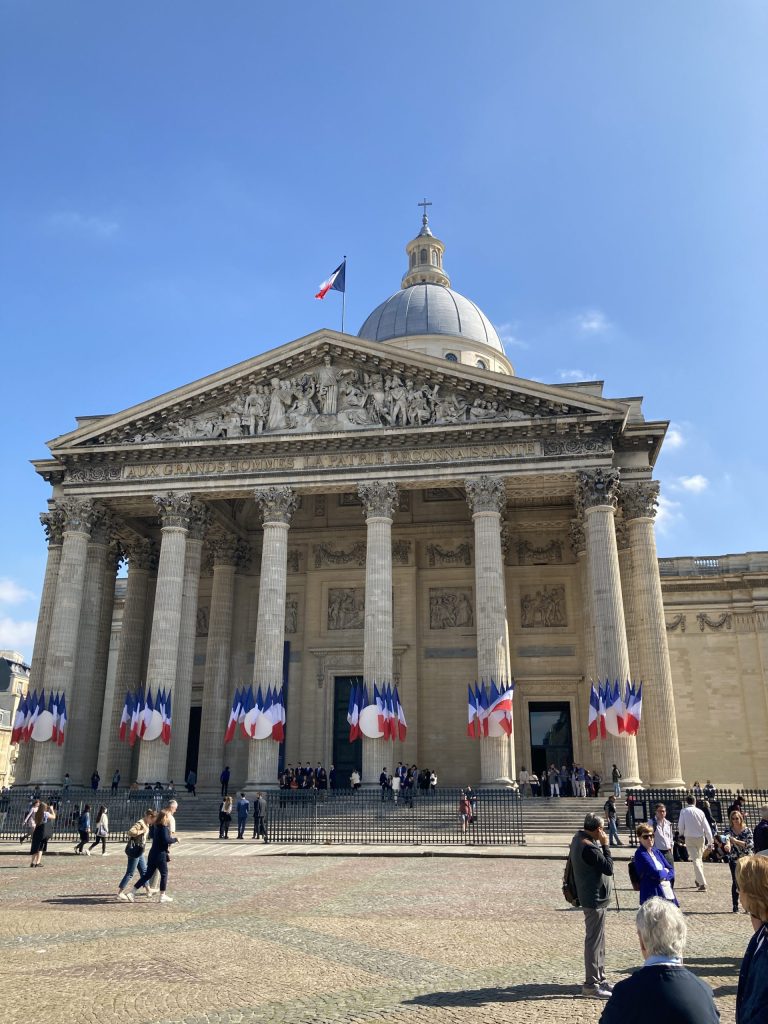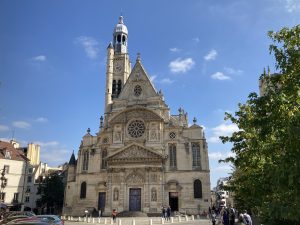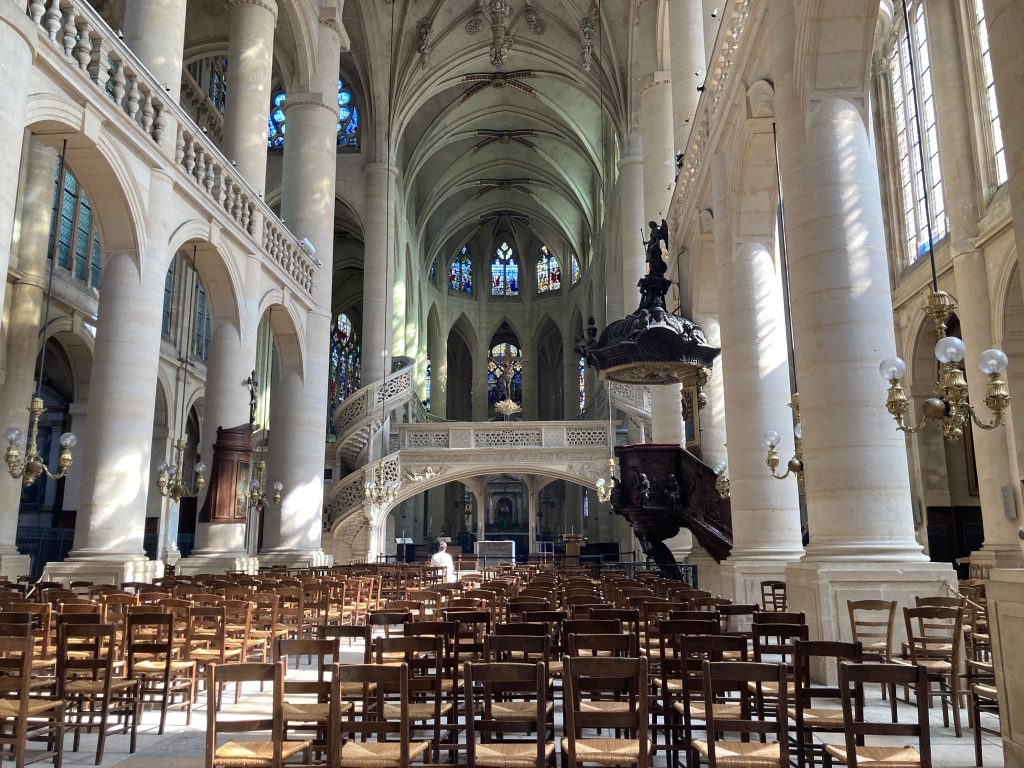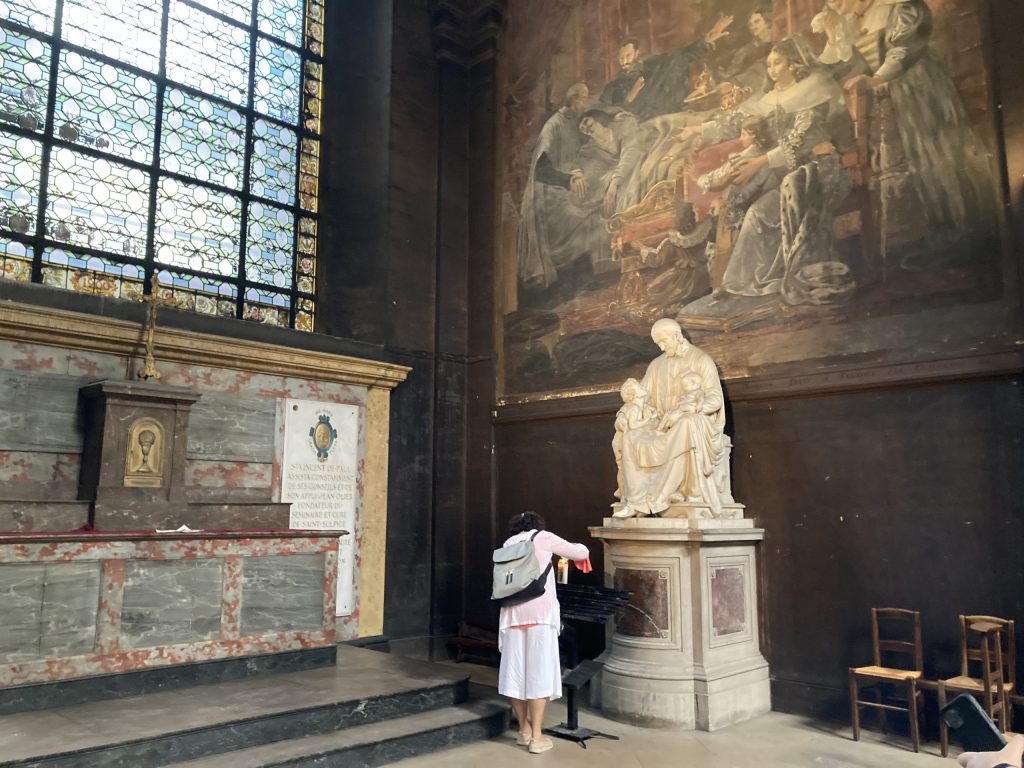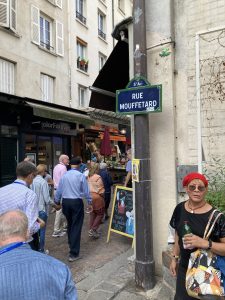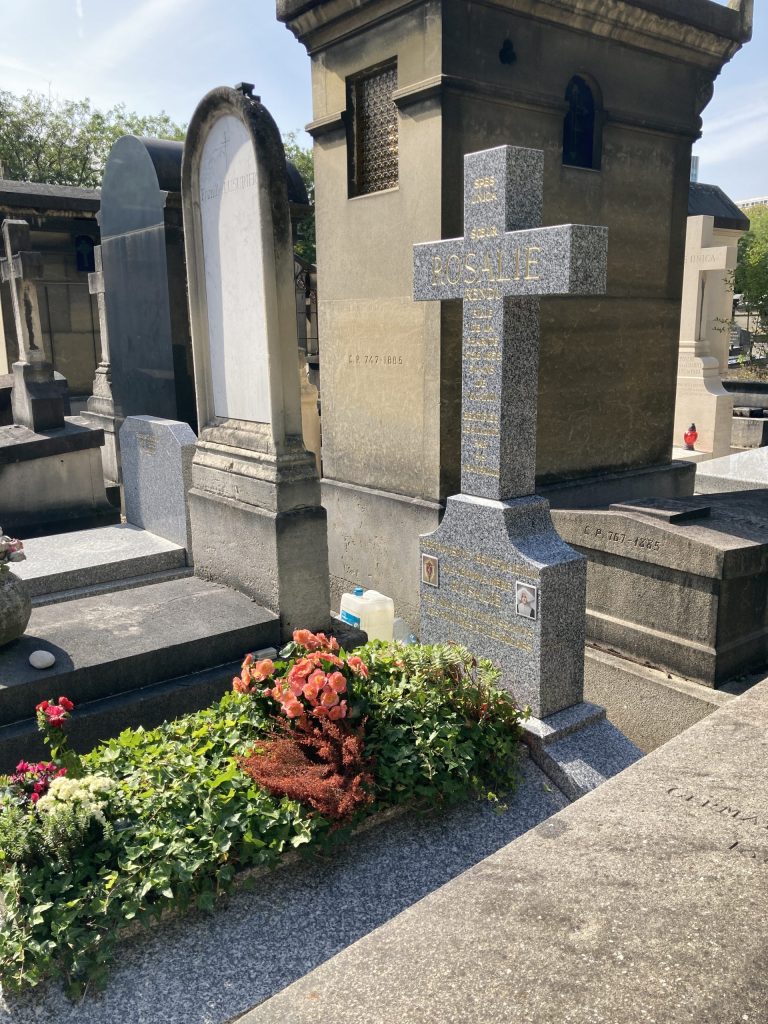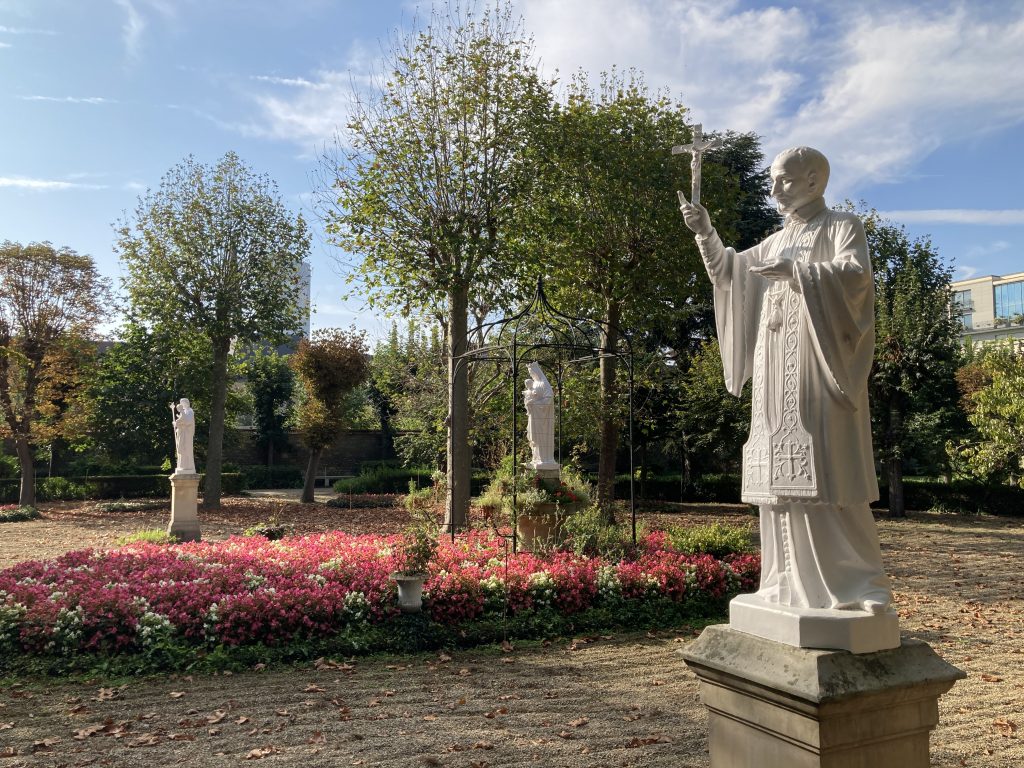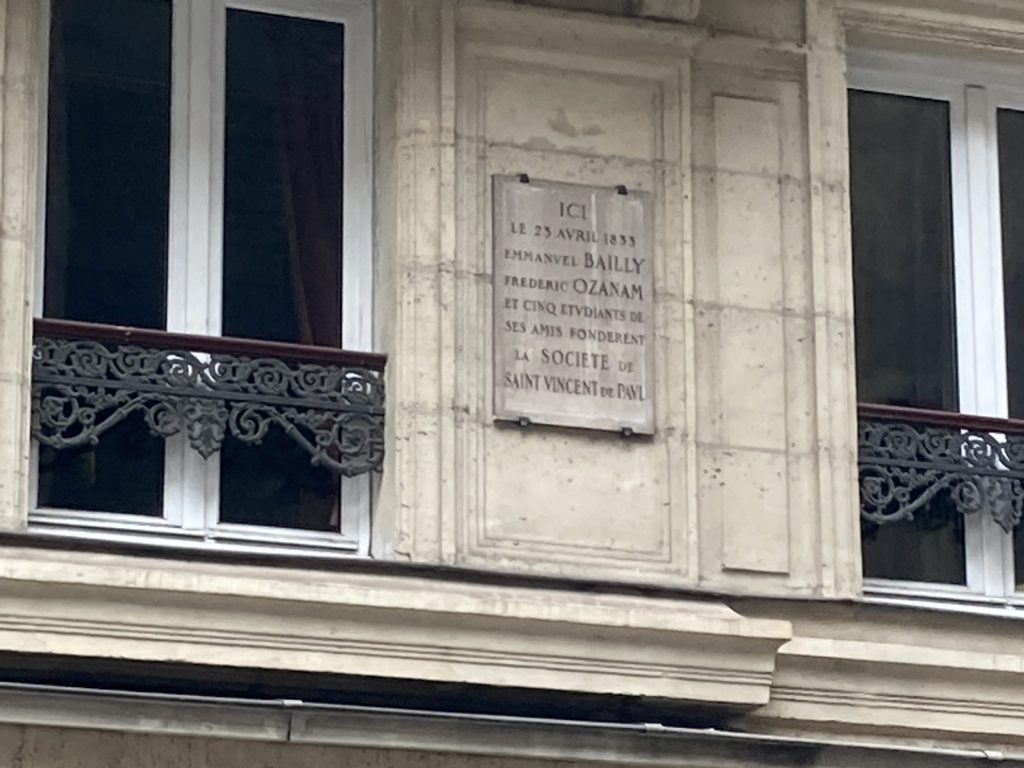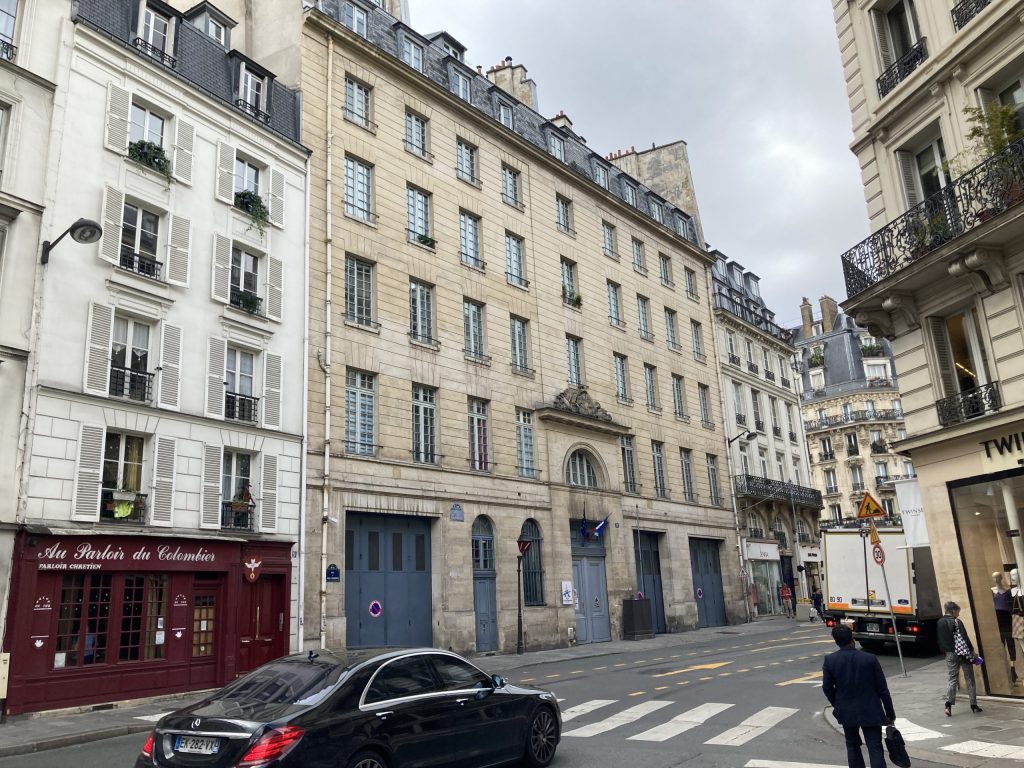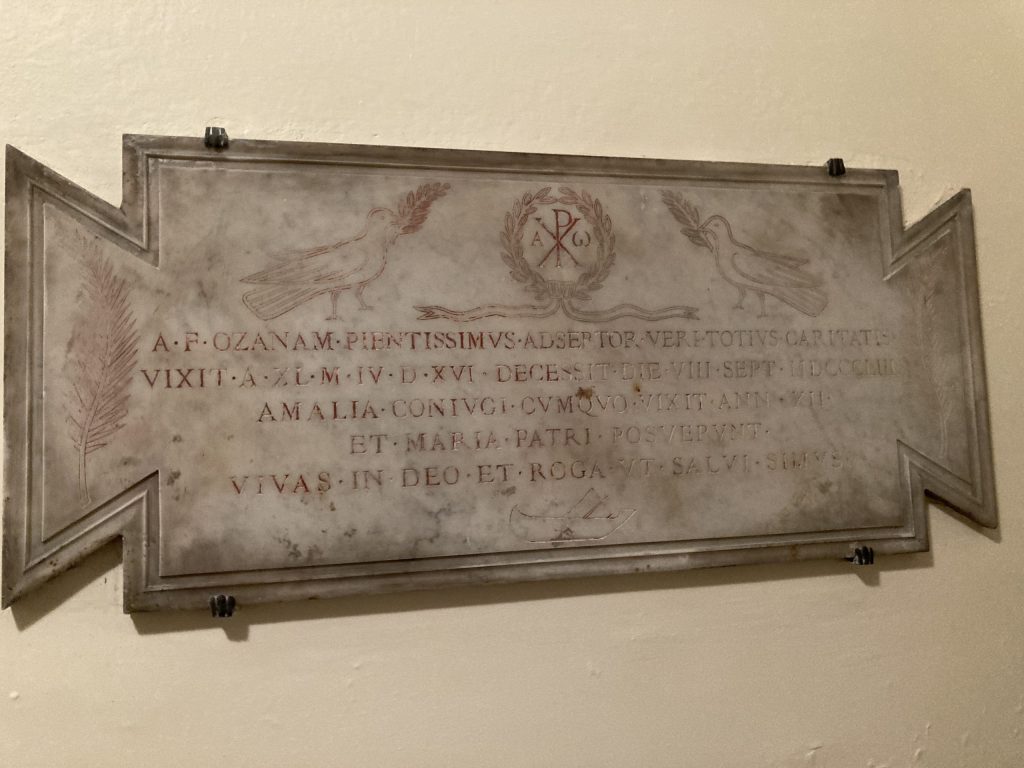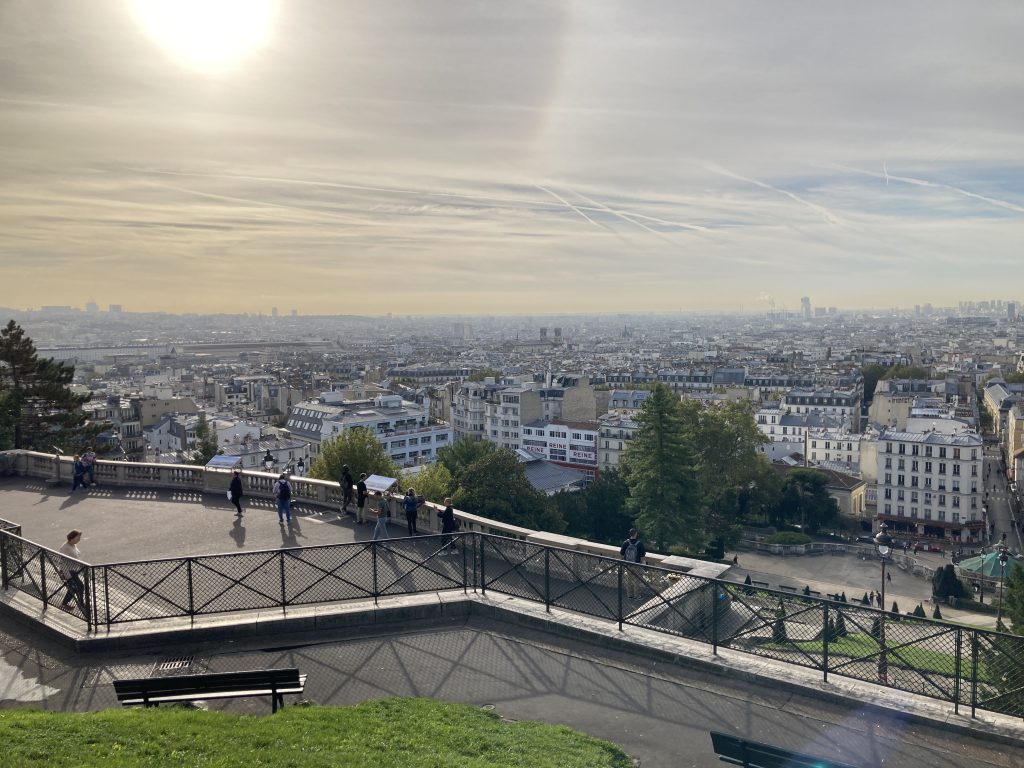Both the Society and the church celebrate our long traditions and ancient texts; both the Gospels and the Rule govern our actions; we seek models in the Saints and Blesseds of our church and of our Vincentian family. But should this mean we must be set in all of our ways?
The question arises from time to time, as new servant leaders or new members suggest special works that our Councils and Conferences have never tried before. Certainly, new approaches or programs must remain within the limits set by our Rule, but often, we greet new ideas with resistance, for no other reason than that they are new.
Frédéric, who saw the Society grow from seven members to hundreds of Conferences around the world, celebrated the many innovations, especially those that served the particular needs of their localities. “I then favor innovations,” he wrote, explaining that “in human affairs, success is possible only by continual development, and that not to go forward is to fall back.” [Letter 80, to Pessonneaux, 1834]
Home visits will always remain the core work of the Society of St. Vincent de Paul. These visits are a spiritual practice before all else; serving Christ in the person of His poor, and offering them Christ’s love and hope. The home visit, along with the Conference meeting, is the rock on which we are built; our foundation, but not our limit. After all, “the Society constantly strives for renewal, adapting to changing world conditions.” [Rule, Part I, 1.6]
Even in the earliest days of the Society, special works such as apprenticeship programs and schools were established to help people move out of poverty, to address needs that were observed in the course of the friendships developed on home visits. The Society collaborated with other organizations in order to accomplish even more.
Among the many reasons to welcome new members is that they are often a source of new ideas, their “more ardent zeal, new ideas, and original insights prevent routine from setting in and the primitive fervor dying.” Conferences, Frédéric observed, have seasons, too, for “there is change in all human things.” [Letter 141 to Ballofet, 1837] His hope was that the Society, whose very foundation was unforeseen, would continue to prosper, and to be guided by providence.
The Society, like the church, is changing and unchanged, ever young; we are built on a rock, not set in stone. We don’t change for the sake of change alone, but to better fulfill God’s will, to love our neighbor, and to grow in holiness through our works.
“The religion of your forefathers,” Blessed Frédéric reminds us, “does not grow old with the world. Ever renewing itself, it keeps pace with progress, and it alone can lead to perfection.” [Baunard, 20]
Contemplate
Am I open to discerning God’s will, even when it means change from the familiar?

